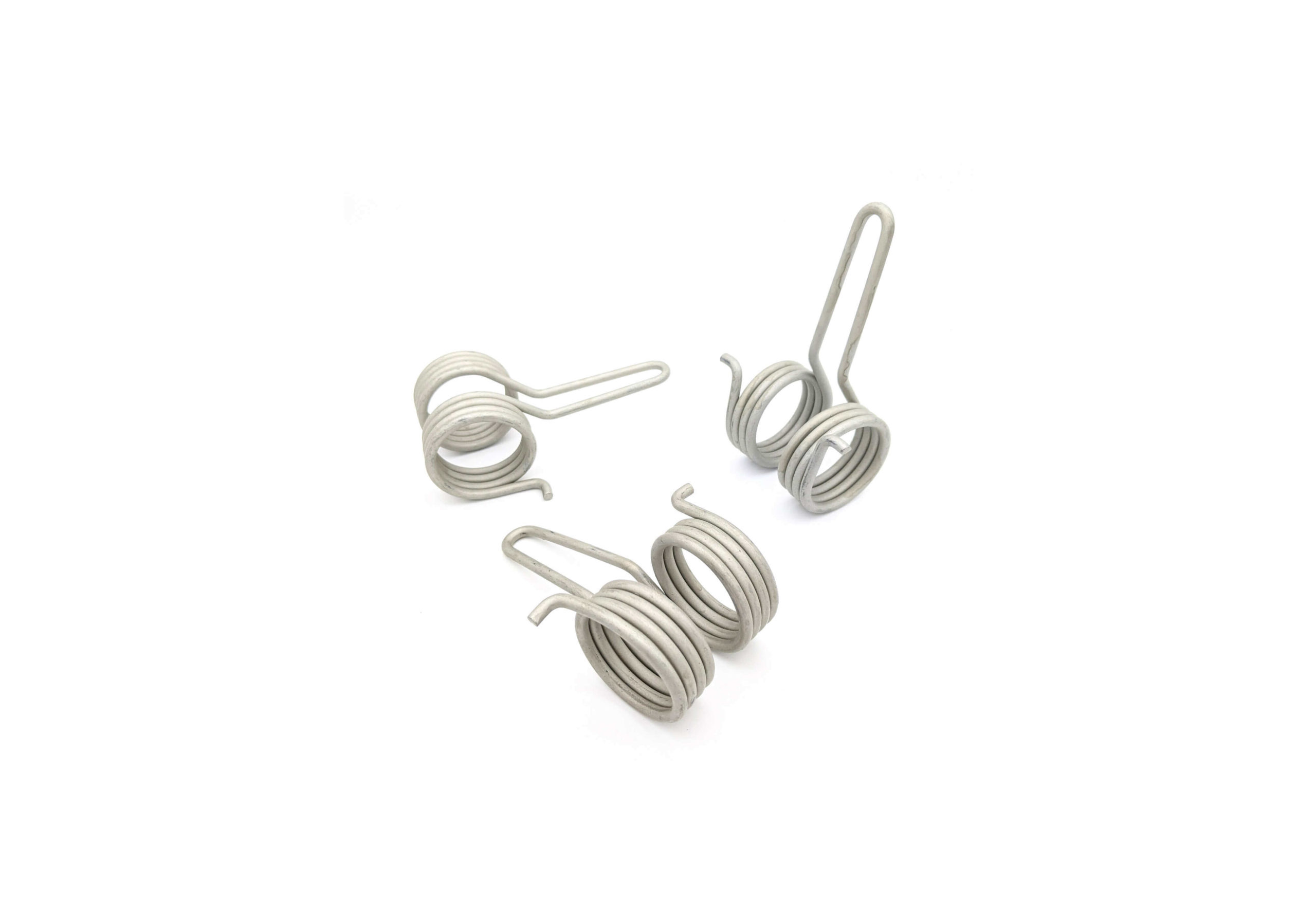Get unique, complex parts easily. No matter your requirements, Chaoyi Spring creates hard-to-produce coil springs and wire forms.
Let us help you create the custom wire form you need, from S-hooks and J-hooks to utility hooks and more.
We work closely with customers across a wide range of industries, helping them design and manufacture made-to-order parts.
Why choose Chaoyi Spring? We prioritize customer-focused collaboration, modern equipment and the latest technology to make your parts per print.
Find the information and guidance you need, from measuring a spring to learning about materials, placing an order and much more.
Have you ever wondered what makes a spring so powerful? It's not just the material, but the hidden energy stored within its coils. This stored energy, known as potential energy,


Have you ever wondered what makes a spring so powerful? It's not just the material, but the hidden energy stored within its coils. This stored energy, known as potential energy, is the key to a spring's ability to do work and is a fascinating example of how physics can be applied in everyday life. Let's delve into the mechanics behind it, exploring the concepts of compression, potential energy, and the factors that determine the energy a spring can hold.

Imagine a simple coil spring. When you press down on it, you're not just squashing the coils; you're actually storing energy within the spring's structure. This stored energy is known as potential energy, specifically elastic potential energy because it's the result of the spring's ability to deform and return to its original shape.
Think of it like this: The spring is like a stretched rubber band. When you stretch the rubber band, you're storing energy in the stretched material. The more you stretch it, the more potential energy it has. Similarly, when you compress a spring, you're storing potential energy in the compressed coils. The more you compress it, the more potential energy it holds.
The amount of potential energy stored in a compressed spring is influenced by a few key factors:
The relationship between stored energy (U), spring constant (k), and compression distance (x) is captured in a simple formula:
U = (1/2)kx²
This equation tells us that the potential energy stored in a spring is directly proportional to the square of the compression distance and the spring constant. A small increase in compression distance or spring constant leads to a larger increase in stored energy.
The stored energy in a spring is not just a theoretical concept; it has real-world applications. Here are some examples of how stored energy in springs is used:
The energy stored in a compressed spring is a fundamental concept in physics that has far-reaching applications. It's a reminder that even seemingly simple things like springs can hold a significant amount of power. The next time you see a spring, remember the unseen energy stored within its coils, ready to be unleashed. Whether it's powering a machine or giving a toy its bounce, the spring's ability to store and release energy is a testament to the elegance and utility of physics.
The next time you're working with a spring, whether it's a small one in a toy or a large one in a car, remember the hidden energy stored within. It's a powerful reminder that even seemingly simple things can hold great potential energy. Understanding the principles behind this stored energy allows us to appreciate the ingenuity of engineering and the fundamental laws of physics that govern our world.
Browse some of the custom wire forms and springs that we manufacture. Don’t see what you need? We specialize in made-to-order products that meet your application requirements.
Visit Our GalleryNeed a custom wire form or coil spring? We make it work. Fill out the contact form and a representative will respond within 1 business day. If you have a PDF or CAD file, you can submit to request a quote.